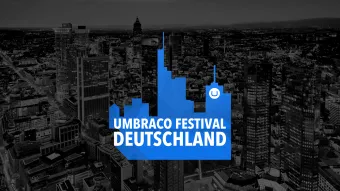Individually customizable
What distinguishes the Danish CMS Umbraco as an all-purpose tool (the name Umbraco was created from the Danish word for Allen key: unbraco) is the flexibility in which the system can be used. Possibilities for working with Umbraco include general websites, projects connected to e-commerce systems as well as complex content management, like e. g. used in government or publishing. When working with Umbraco you quickly realize that the developers' community behind the system is not only based on technical know-how but as well on creativity and the courage of being innovative.
Umbraco sees itself as a content management system in its original sense that allows its users to create graphically and technically high-level web projects of any kind. What makes the open source system, in fact, a true all-rounder is the fact that it can additionally be used to control applications on various systems (e. g. on stadium screens). The foundation for this broad range of functions are, next to a C#- and ASP.NET-based core, more than 1,000 additional plugins, named packages in Umbraco, many of which are open source and thus free and developed by the strong Community behind the system. The motto concerning these packages is "quality before quantity": Whereas other popular systems offer hundreds of options where quality is to be searched for, Umbraco creatives work together to improve the versatility of established components. This practice makes the CMS a powerful tool that can be extended according to individual requirements.
Umbraco's standard download comes with a package of 17 languages, including German. Other languages can be added by the easy editing of an also included language file.
